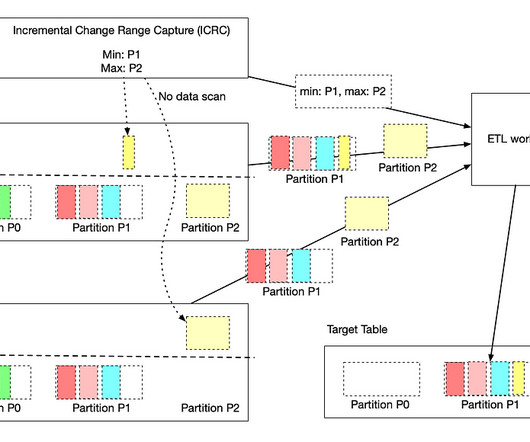Building a vision for real-time artificial intelligence
CIO
APRIL 12, 2023
After walking his executive team through the data hops, flows, integrations, and processing across different ingestion software, databases, and analytical platforms, they were shocked by the complexity of their current data architecture and technology stack. Business outcomes are the currency for AI to grow in an organization.















Let's personalize your content